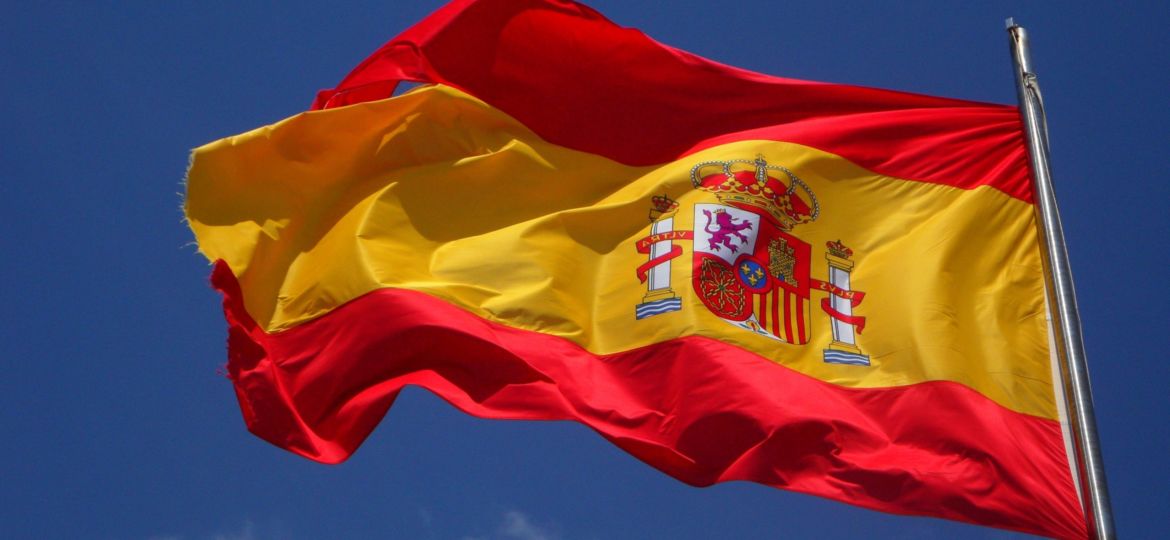
Most people have no idea where to find Ribera del Duero on a map. Could it be Portugal? Argentina? Spain?
Spain is the correct answer on this one. The region is found almost due north of Madrid. It is so close you could call it a suburb. This area has a harsh climate with high temperature swings between summer and winter. This swing is even present between day and night. When I lived in the area, I remember being shocked by just how cold it could get in the evening after having a beautiful Mediterranean sunny day. This diurnal swing can serve to help bolster the flavor intensity of the grapes.
While the region is not as famous as it’s northern neighbor Rioja, the over 250 wineries in the area make amazing wines that show the true beauty of the Tempranillo grape. These wineries are scattered along the Duero River which becomes the Douro in Portugal. Maybe I am a bit partial since I did live in the area, but this river and region connection places the Duero River in the league of the Loire, the Rhone, and the Rhine.
The terroir of Ribera del Duero is one of savory and almost meaty origin. These are hearty wines that can stand up to the biggest of meals. At the same time, they are pure expressions of Tempranillo and can stand on their own.
Great Wines
Emilio Moro is a third generation winemaker but this estate is on the cutting edge. Innovation is a core principle and the winery uses technology like drones and sensors to regulate water use and monitor grape quality. They have even developed their own yeast strains.
The big differentiator for them has been the very early adoption of the Tinto Fino clone of Tempranillo. This variety has smaller clusters with small grapes (or berries). This grape clone can be more aromatic with better tannins.The winemaking at Emilio Moro is organic, vegan, and has no added sulphites.

This beautiful deep purple wine opens on the nose with grand aromas of cherries jubilee, blueberries, dark cherries, and savory vegetal notes. The flavors are dominated by a savory flavor that verges on the meaty side.
While this wine tastes of the expected red and black fruit flavors, it is this other flavor that begs for another drink. There is almost an olive character to the wine and I can close my eyes and see the vines growing near an olive grove. The tannins are high but balanced by the acidity.
You have to taste this one to believe it.
- Vintage: 2017
- Varietal: Tempranillo
- Appellation: Ribera del Duero
- Great for:
Spanish tapas like croquettes and olive tapenade

This second generation, 150 acre vineyard and winery is organic and biodynamic (keep with us and in a few weeks we will dive into why I think biodynamic viticulture is important).
The vines are planted in separate plots to take advantage of variations in soil types. As is typical in hotter climates, the vines are pruned in a goblet style which means that there are no trellises supporting it. As the vine grows, the top canopy portion serves as protection for the grapes from sunburn.
Their winemaking process aims to preserve as much as possible from the grapes and terroir. This means that they use natural yeasts and prohibit the use of artificial additives. While this is a pure process, that doesn’t mean that Bodegas Valderiz is hands-off. On the contrary, they have stringent monitoring and testing to ensure quality all the way through the process. They even match the level of char in their oak barrels to the specific vineyard plot soil types.
Pouring a deep purple in the glass with strong aromas that were identifiable as soon as it was opened. The nose was full of blackcurrant, blackberries, cloves, charred wood and even wet leaves. The gentle but firm tannins helped to round the flavors in this wine. The palate showed a vegetal nature along with blackfruit.
The structure of this wine helps it stand up to bold food like Mexican or charred meats.
- Vintage: 2018
- Varietal: Tempranillo
- Appellation: Ribera del Duero
- Great for:
Mexican food, charred meats
Established by Danish celebrity modernist winemaker Peter Sisseck, Psi is a unique wine in that there is no estate with exclusive vineyards. Peter started this brand to help raise the quality of wines in the region and to preserve the older growth vines that are owned by individual family farmers throughout Ribera del Duero.
He did this by creating a cooperative with the best and highest quality older growth vineyards.
Building on this innovative and unique farming cooperative, the winemaking process involves traditional practices like the use of used oak barrels and slower macerations that extract the most out of the grape skins.

A clear deep purple in the glass, this Tempranillo has aromas full of blueberries, blackberries, blackcurrant, violets and of course that distinct vegetal and savory smell. The tannins are smooth and add to the luscious feel on the tongue.
The harmonious flavors are just like the aromas with strong black fruits, dried herbs and flowers, and the strong vegetal and meaty notes.
This is a symphony with all instruments tuned and playing their best.
- Vintage: 2016
- Varietal: Tempranillo
- Appellation: Ribera del Duero
- Great for:
Anything savory, meat pies


